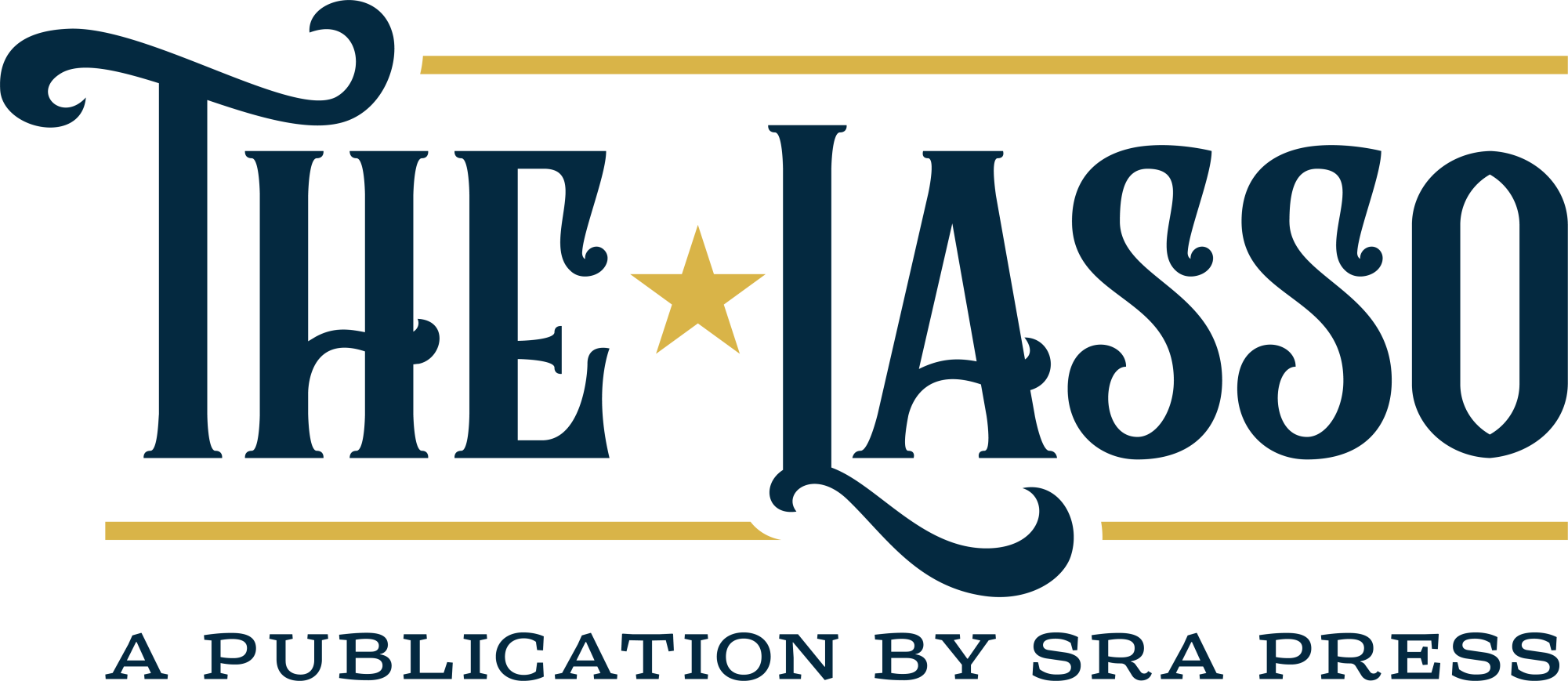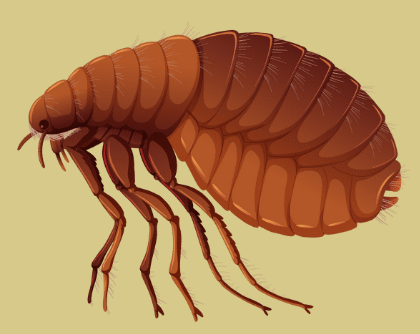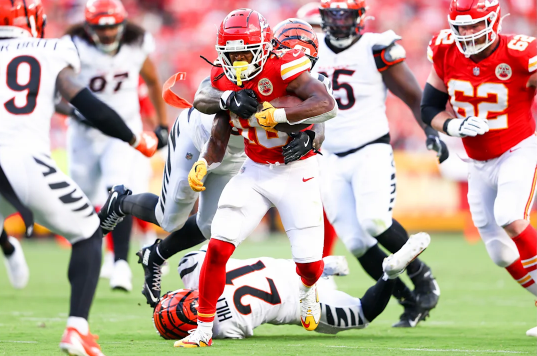If you’ve been anywhere on the internet lately, you’ve probably noticed a significant uptick in content related to the 1928 design of Disney’s iconic mascot, Mickey Mouse. This design is from the short Steamboat Willie by Disney. The monochrome mouse has been all over the place recently because, as many of you may be aware, it and the entirety of Steamboat Willie Has officially entered the public domain. When works enter the public domain, anyone is able to adapt them however they see fit, without having to worry about copyright infringement. This is a big deal since Steamboat Willie was supposed to have entered public domain twice in the past years, but Disney just couldn’t let go of their precious Mickey.

Photo from Disney’s “Steamboat Willie”
The first time Disney’s copyright was supposed to wear off was in 1984, but with the year approaching, Disney lobbied for Congress to increase copyright protection time in 1976. They were successful, convincing them to change copyright protection to last the 75 years after its original publication if the owner of the work is a corporation. Then, as 2003 began to rear its head, Disney pulled the same thing. They lobbied to Congress, just as last time, and it once again worked. The copyright was extended to 95 years after publication for corporations. Disney causing these copyright extension laws to be published was and still is controversial.
Some may think the whole thing isn’t a big deal, just Disney trying their best to keep hold of their most iconic character. What others point out is that the increase in copyright duration is much more significant than ‘just a move by Disney to keep its mascot’, as the copyright extension laws affect all works, not just Disneys. So now that copyright lasts the length of the author’s life plus a whole 70 years. This makes revivals or reimaginings of inactive works almost impossible, as one would have to wait 70 years after the author’s death.
SRA cinephile, Javier Hurtado, shared his take on the matter. When asked if he agreed with Disney causing an increase in copyright length twice, he responded “Yeah, I do agree with it… I feel like it protects the writer’s craft. Oftentimes people utilize their work into making something that’s, in my opinion, disrespectful to the original vision.”
So, now that Steamboat Willie’s Mickey has finally entered the public domain, how can one use the iconic mouse without getting sued by Disney? Well, to stay on the safe side, it’s advisable to carefully stick to the 1928 design and avoid using elements of modern Mickey. Some key differences between the two are that modern Mickey is in full color while 1928 is black and white, 1928 lacks modern Mickey’s iconic gloves, and 1928’s eyes are just ovals while modern’s are complete eyes with pupils. It’s also worth noting that 1928 Minnie and Pete are also in the public domain.

Photo from Disney’s “Steamboat Willie”
Now that the distinction between the public domain and modern design is set, one may wonder when it will be time for the more recognizable design to go into the hands of the public. Well, the earliest version of a colored mickey mouse, with the signature red pants and yellow shoes, is 1935. So, as per current copyright laws, 2030 would be the earliest time where the more recent version of the mouse would enter public domain. Though, given how things went when Mickey’s first iteration was about to enter the public’s grasp, some express doubt that Disney won’t try to make another move with the government.
When asked if he thought Disney would try to once more extend the time it takes for copyright to expire when the time comes for this more modern design of Mickey to come into public domain, SRA junior, Christopher Gonzalez answered, with no hesitance in his voice, “Yes, definitely. To keep their company looking good.”






































